Ballet beginnings go back centuries. Its roots can be traced back to the Italian courts of the Renaissance, where nobles entertained themselves with dance performances. In its early days, the ballet was part of grand celebrations and parades commissioned by powerful families. These performances were far from the technically refined ballet of today. However, they laid the groundwork for an art form that would evolve into the ballet we know today. Here, we explore the journey of ballet from its Italian beginnings to its flourishing in the French court.
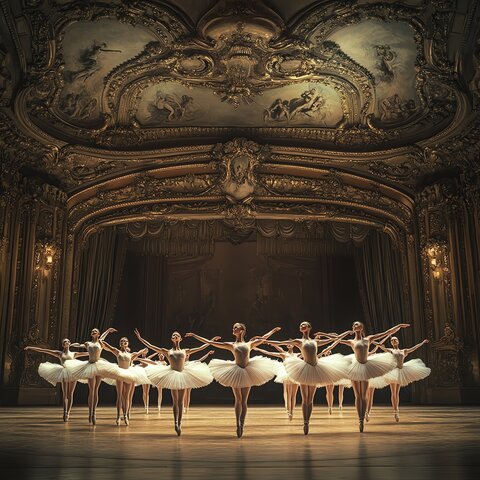
Table of Contents
Italian Beginnings and Court Entertainment (15th century)
The word “ballet” comes from the Italian word ballare, meaning “to dance.” Ballet as we know it today began as entertainment for Italian nobility in the 15th century, during the Renaissance. This historical period was characterised by its emphasis on the arts, with powerful families such as the Medici and Sforza commissioning performances to celebrate weddings, alliances, and significant political events. Often, themes related to mythology, love, or historical tales were performed. These early dances focused more on spectacle and storytelling, with elaborate costumes, music, and set designs. Unlike today’s ballet, it did not feature a structured technique.
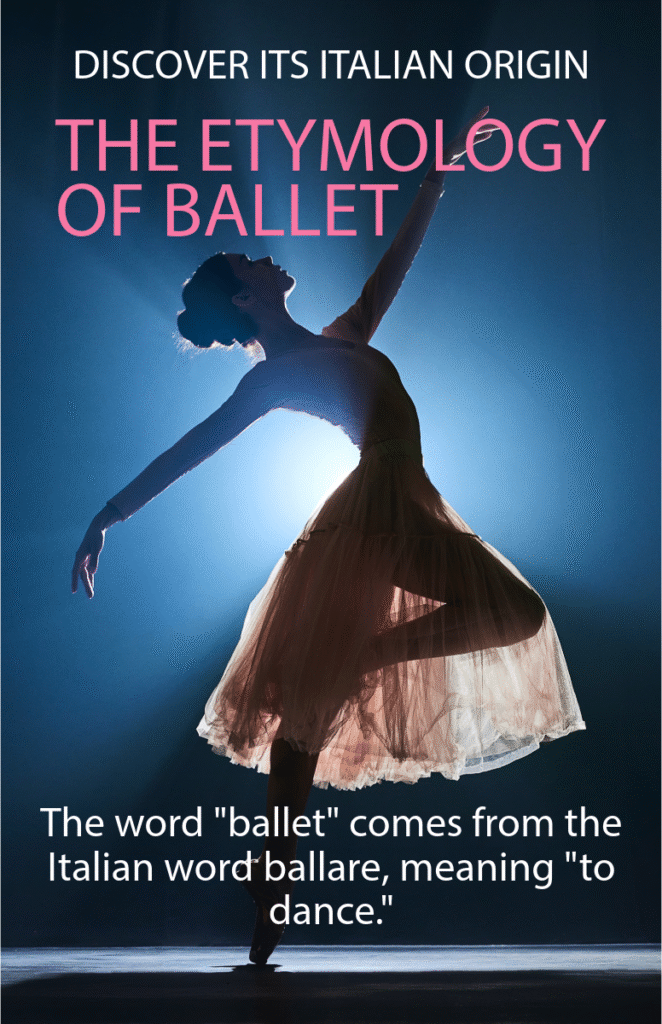
The Origins of Ballet in France (16th century)
The next significant chapter in the evolution of ballet occurred in France during the 16th century, when Catherine de’ Medici, an Italian noblewoman, married King Henry II of France. So, she became queen of France, bringing her love of courtly dance to this country. Catherine brought Italian dance teachers to the French court. Then, she was responsible for organising ballets known as ballets de cour, or court ballets, to celebrate political alliances and entertain the court.
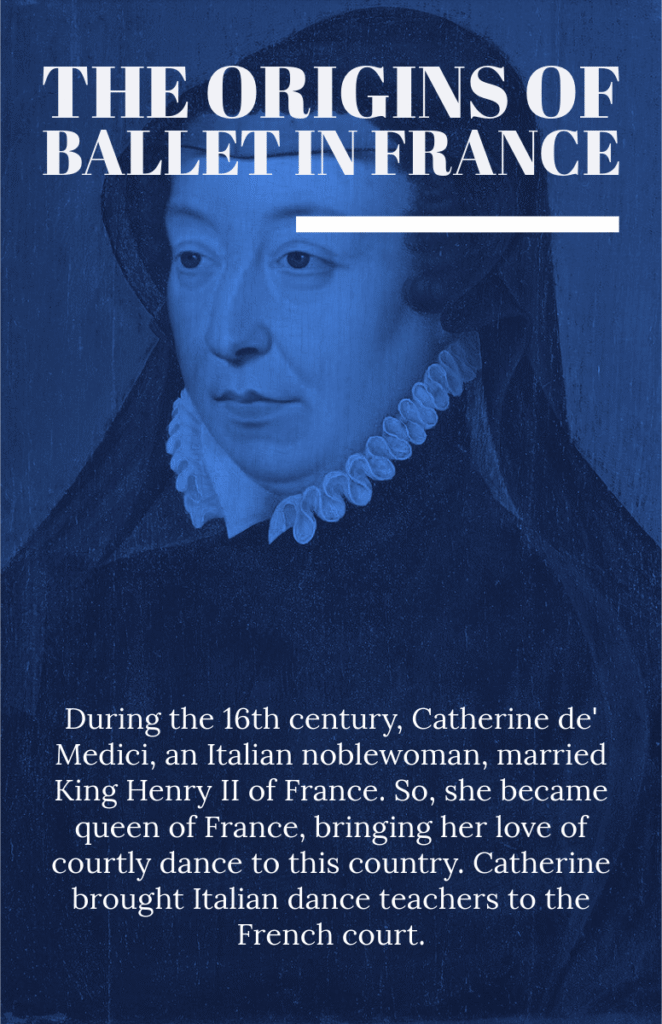
In 1581, her Italian dance teacher, Balthasar de Beaujoyeux, created Le Ballet Comique de la Reine. This is often considered the first ballet. And for its time, it was considered quite innovative. It was performed in 1581 and lasted over five hours. Combining dance, song, speech, and sumptuous staging, it laid the groundwork for ballet as a form that is both expressive and narrative.
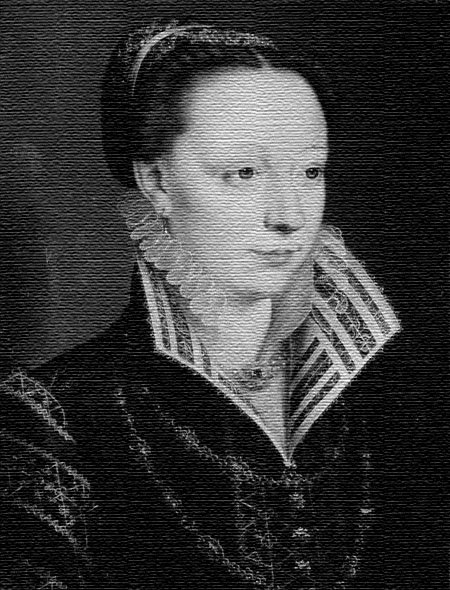
Louis XIV and the Birth of Classical Technique (17th century)
During the 17th century, Louis XIV, known as the “Sun King,” was a keen dancer who took court dancing very seriously. Louis viewed ballet as an important cultural institution and used it to reinforce his position as an absolute monarch. This king played Apollo, the Sun God, in Le Ballet de la Nuit (1653). Thanks to the efforts of Louis XIV, ballet was transformed from royal entertainment into a professional art form, laying the foundation for the rigorous and highly technical discipline it would become.
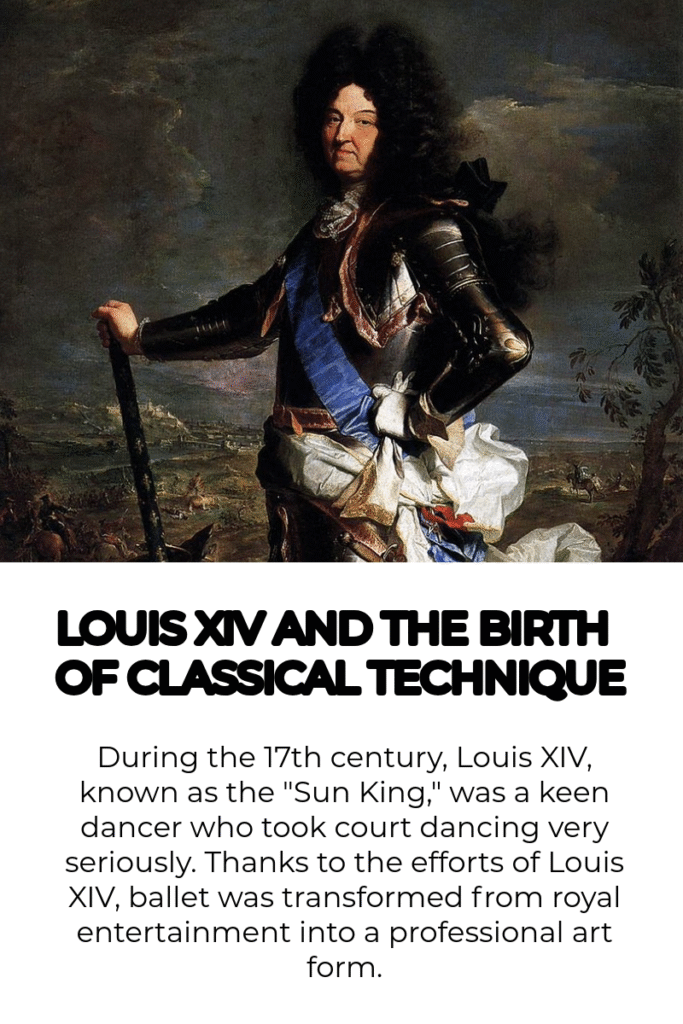
In 1661, Louis XIV founded the Académie Royale de Danse and appointed the French choreographer Pierre Beauchamp as its director. This became the first dance academy in history. With the creation of this academy, ballet technique was standardised, creating a basis for the strict movements and positions that dancers still practice today. Ballet terminology, from plié to pirouette, emerged in this period, as did the five basic foot positions. On the other hand, French would become the official language of ballet.
In 1669, the Académie Royale de Musique was created. Its director, the French composer Jean-Baptiste Lully, decided to expand the academy to include dance. So in that year, the Academie Royale de Danse became part of the Academie Royale de Musique, which today can boast of being the oldest professional dance company in Europe.
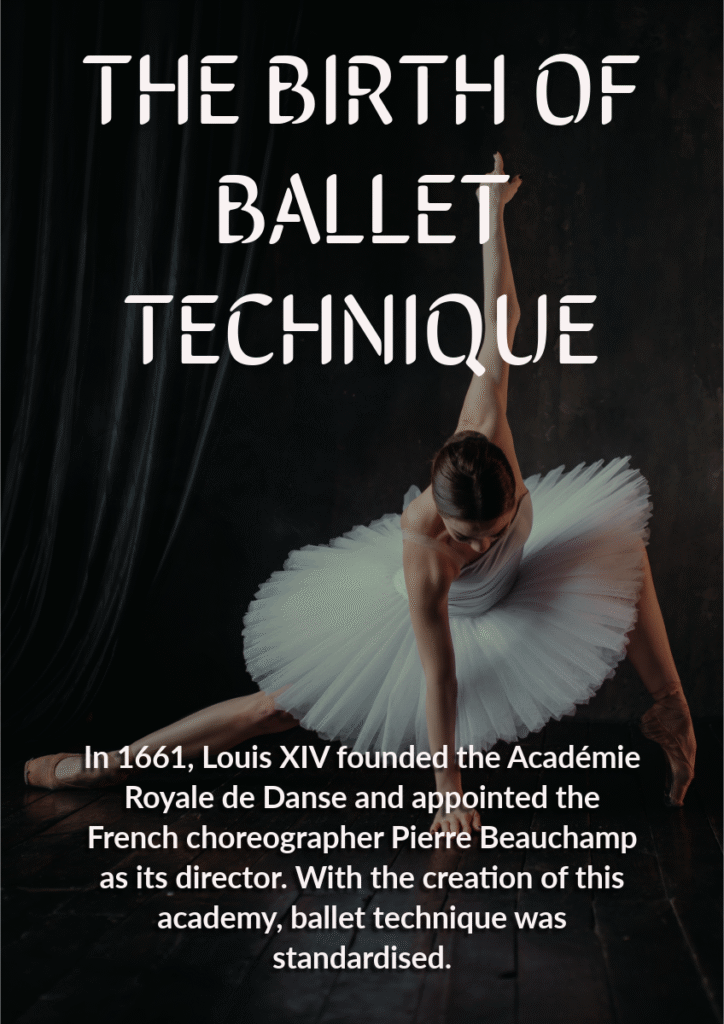
Since court ballet lost importance when Louis XIV stopped dancing, opera ballet became the most important platform for dance. So, the dance moved from aristocratic to professional performance, from the court to the theatre. This situation created a new need for professional dancers. Then, the Académie Royale de Musique recruited more dancers, led by the court ballet master Pierre Beauchamp. He is credited with inventing the five positions of the feet.
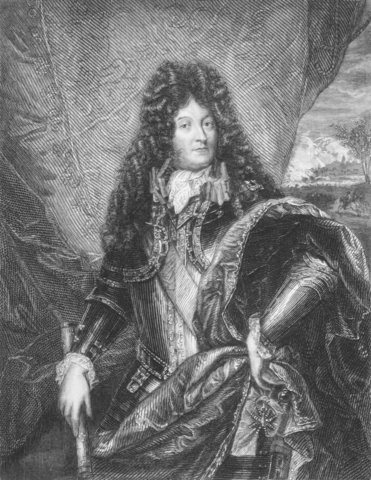
The Rise of Professional Ballet and the Ballerina (18th century)
Initially, men played all the roles, even those of female characters. But in 1681 women began to dance in the Académie’s performances. The first female professional dancer, Mlle de Lafontaine (1655-1738) appeared in the ballet Le Triomphe de l’Amour in 1681, performing in a floor-length court dress with high-heeled shoes.
A permanent, professional dance school was founded in 1713, laying the foundation for today’s Paris Opera Ballet. This structure institutionalized classes for professionals, similar to those enjoyed by the Corps de Ballet today. Performers were rigorously trained and began performing in theatres rather than at court, making ballet accessible to a wider audience. This change also introduced the concept of the ballerina, as women began performing more frequently and taking on leading roles. Marie Camargo and Marie Sallé, two of the first French ballerinas, became renowned for their technical prowess and expressive abilities and helped shape the role of women in ballet.
Ballet costumes were also evolving. Marie Camargo was famous for shortening her skirts to show off her footwork, while her rival, Marie Sallé, chose to simplify her costumes for greater freedom of movement. By the 18th century, ballet had fully transformed into a performing art that reached a wider audience beyond the court, and professional companies and theatres embraced ballet as a stand-alone spectacle.
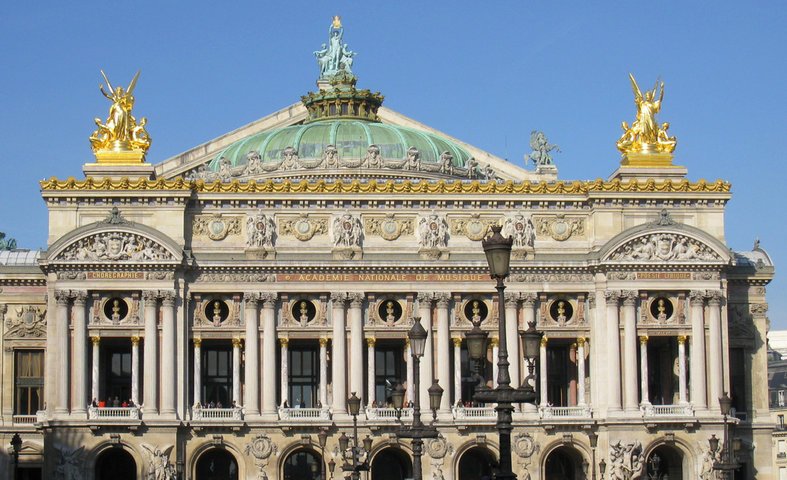
Ballet’s Enduring Legacy
Ballet has evolved enormously since its courtly origins. But many of its fundamental elements remain relevant. The technical rigour, the narrative aspect, and even much of the vocabulary used today can be traced back to those early courtly performances. Today, ballet is practised and loved all over the world, from elite companies to local dance schools.
Other reviews you may be interested in
Ballet Beginnings FAQs
How did ballet begin?
Ballet began as a courtly entertainment in the Italian Renaissance in the 15th century, with noble dances combining music, movement, and storytelling. It was later introduced to France through Catherine de Medici, where it evolved into a more structured art form.
Is Ballet French or Russian?
Ballet originated in Italy and was formalized in France. Russian Ballet later introduced its own style, creating some of the most iconic works in ballet. However, France is considered the birthplace of classical ballet.
When did ballet become feminine?
Ballet began as a male-dominated performance. The first professional ballerina, Mlle La Fontaine, debuted in 1681. However, female dancers would not begin to gain prominence until the 18th century.
Who was the first ballerina in history?
The first professional ballerina was Mademoiselle de Lafontaine, who appeared in Le Triomphe de l’Amour in 1681.
Did ballet come from France or Italy?
Ballet originated in Italy, but France played a major role in its evolution into a professional art form.
Who is the father of ballet?
Louis XIV, the Sun King, is often called the “father of ballet.” He played a pivotal role in establishing ballet as a structured art form and in creating the Académie Royale de Danse, which formalized ballet technique and training.
Was ballet originally for men?
Yes, ballet was originally performed by men, with male dancers even playing female roles. It wasn’t until the 18th century that women became prominent performers of ballet, ultimately transforming the art form.
Ballet Beginnings Timeline
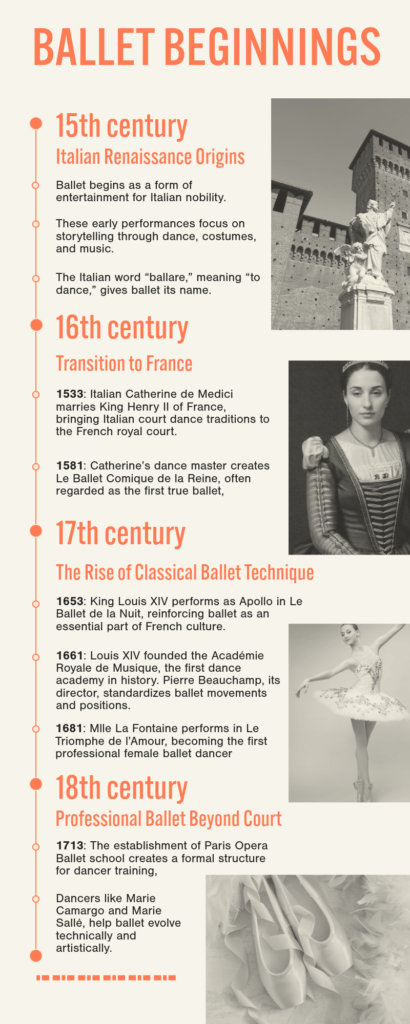
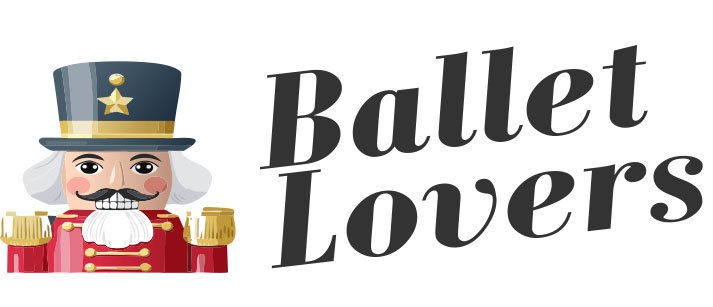
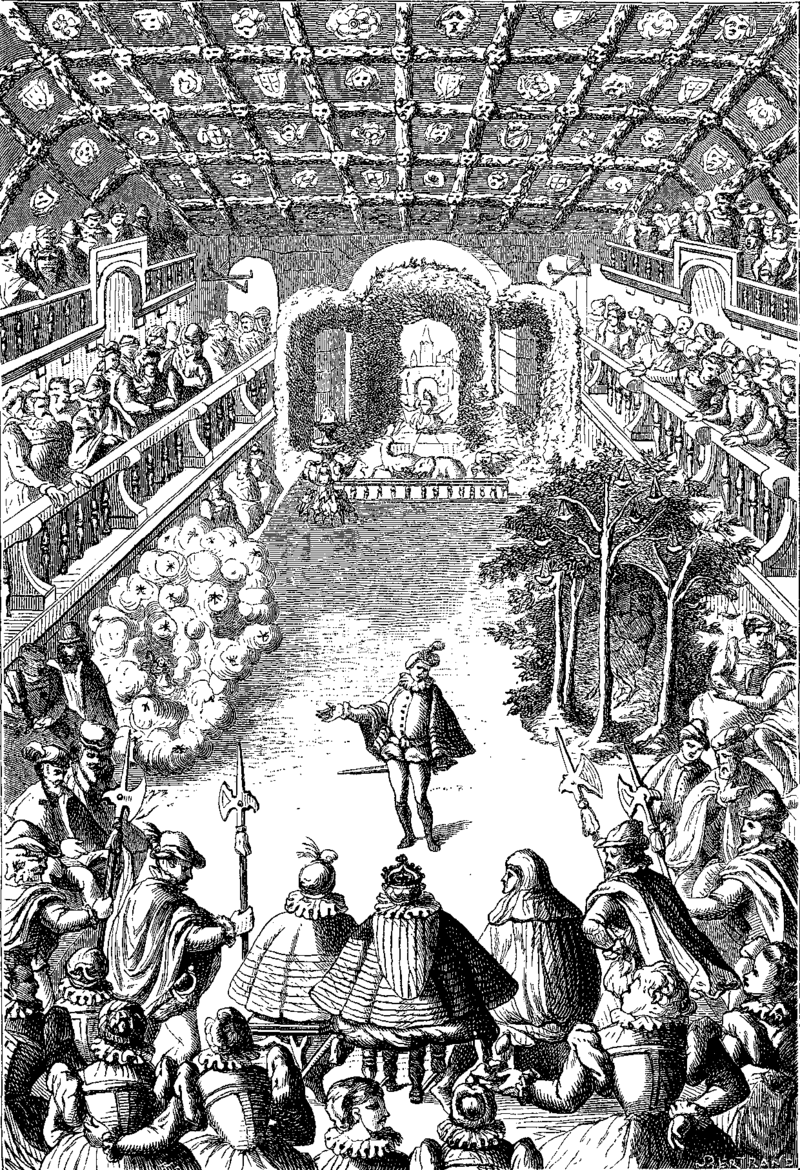
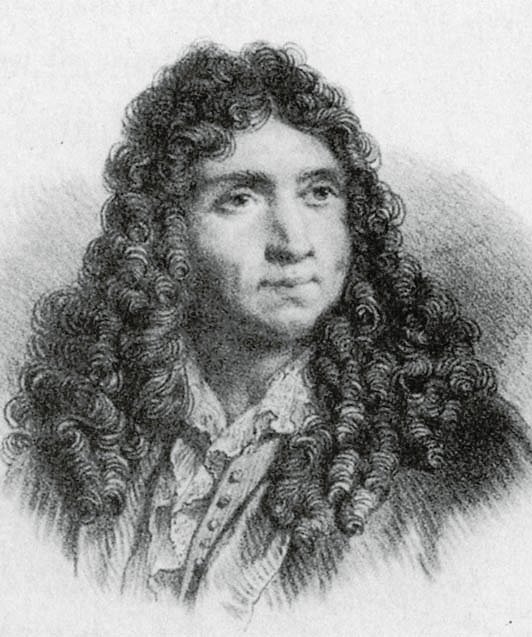


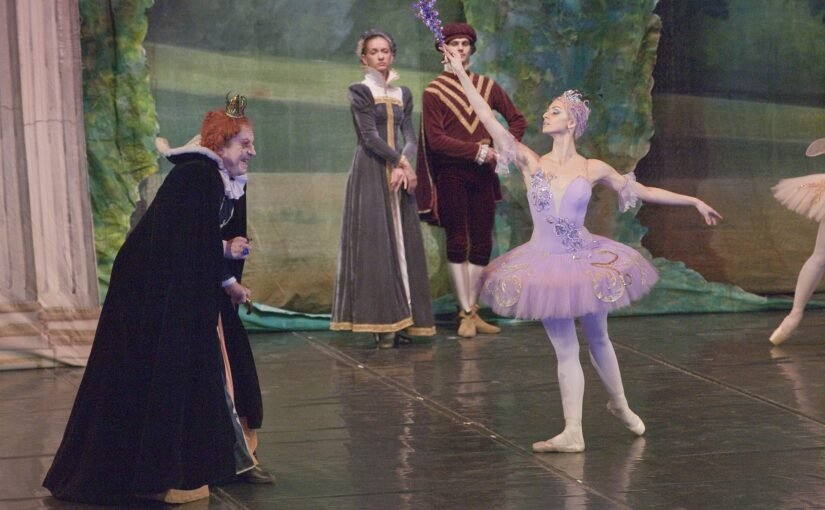
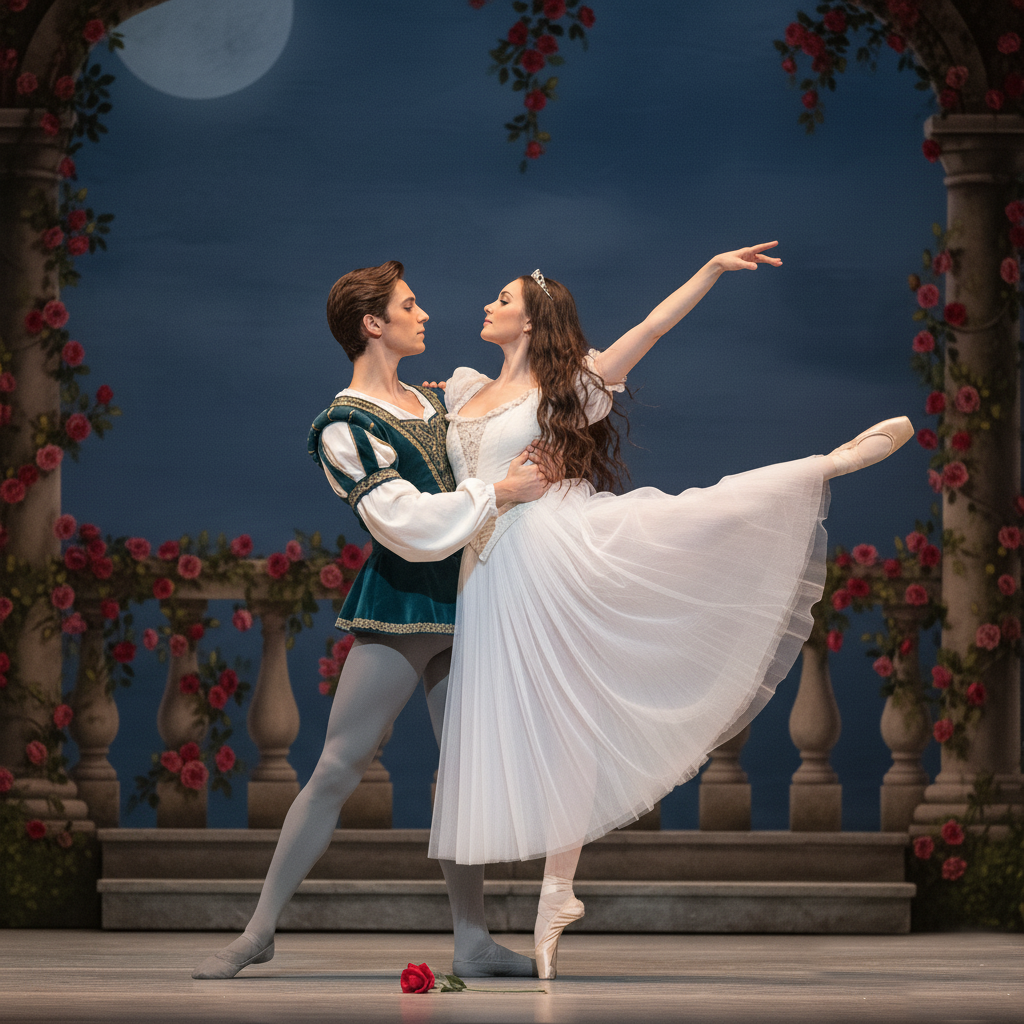
Leave a Reply